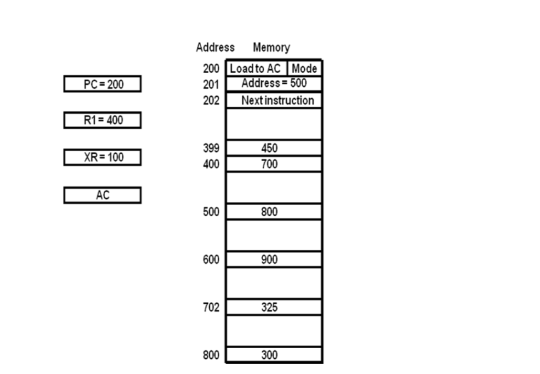Model
Computer Architecture
Full Marks: 60
Pass Marks: 24
Time: 3 hours
Attempt any two questions: (2 x 10 = 20)
- Differentiate between hardwired and microprogrammed control unit. Describe with example of microprogram sequencer used in microprogrammed control unit.
- Explain the various types of addressing modes and compare them algorithm, advantages and disadvantages.
- Explain the non-restoring division algorithm with flow chart, and hardware implementation diagram. Divide 10/3 using restoring division.
Attempt any eight questions: (8 x 5 = 40)
What is overflow? Explain overflow detection process with signed and unsigned number addition with suitable example.
Write down different arithmetic Microoperations and design a 4-bit binary adder- subtractor.
What is the purpose and advantage of common bus system? Explain common bust system of basic computer.
What is meant by address sequencing? Draw diagram of address sequencer and Explain in detail about mapping of instruction.
Consider that we are provided with following memory content. What will be the value loaded in AC if addressing mode is direct, indirect, immediate, PC-relative and index relative.

Define priority interrupt. Explain Daisy-chaining method of handling interrupt priority.
What is cache mapping? Explain direct mapping with suitable example.
What is space-time diagram? Discuss pipeline speedup equation with suitable example
Write short notes on
- a) Excess-3 code
- b) Input-output processor